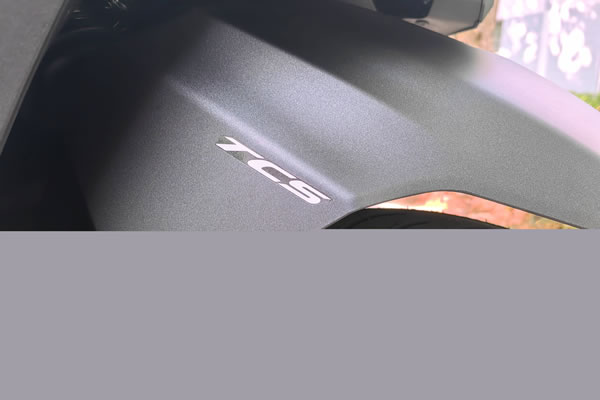
introduction: best and cheapest server network card in malaysia
when choosing a server, the type and performance of the network card are crucial. especially in malaysia, with the development of internet technology, more and more enterprises and individuals have begun to pay attention to the network connection quality of servers. among the many choices, how to find the best and cheapest network card has become an important topic. this article will review in detail the common server network card types in the malaysian market and their applicable scenarios to help users make wise choices.
what is a server network card?
server network interface card (nic) is a hardware component that connects the server to the network. it is responsible for transferring data from the server to the network and transferring network data to the server. the network card can be integrated on the motherboard or an independent expansion card. the performance of the network card directly affects the network speed and data transmission efficiency of the server, so choosing the appropriate network card is crucial to improving server performance.
types of server network cards in malaysia
in malaysia, server network cards are mainly divided into the following types:
1. gigabit nic
gigabit network cards are currently the most common type of server network cards and support data transfer rates up to 1 gbps. suitable for small businesses and general network applications, such as file sharing, web hosting, etc. the price of gigabit network card is relatively economical and suitable for users with limited budget. for those scenarios that do not have high requirements for network speed, gigabit network cards are undoubtedly the cheapest option.
2. 10 gigabit nic
with the popularity of data centers and cloud computing, 10 gigabit network cards have gradually become the standard configuration of high-performance servers. it supports data transmission rates up to 10 gbps and is suitable for application scenarios with high network performance requirements, such as big data processing, video streaming, and high-frequency trading. although the price is relatively high, the high bandwidth and low latency it provides make it the best choice for performance-seeking users.
3. fiber nic
fiber optic network cards use optical fiber to transmit data, have longer transmission distances and higher bandwidth, and are usually used in large enterprises and data centers. the rate of fiber optic network cards can reach 40 gbps or higher, which is suitable for scenarios that require high-speed and large amounts of data transmission. although the initial investment of fiber optic network cards is relatively large, its long-term benefits are significant under network expansion and high load conditions.
4. wireless nic
a wireless network card allows the server to connect to the internet via a wireless network. although not as stable as wired network cards in a server environment, wireless network cards provide flexibility for certain special applications, such as mobile servers or temporary network configurations. in some cases in malaysia, a wireless card may be the cheapest and most convenient option.
5. dedicated nic
dedicated network cards are often used for specific application scenarios, such as virtualization environments, storage area networks (san), or high-performance computing. they can provide specific functions such as load balancing, failover, etc. although the price is higher, in scenarios where high reliability and high performance are required, a dedicated network card is definitely a worthy investment.
applicable scenario analysis
different types of network cards are suitable for different scenarios. the following are some typical application scenarios:
1. small businesses and home users
for small businesses and home users, gigabit network cards are the most common choice. it can meet the needs of daily file transfer, video conferencing and web browsing, and is affordable, making it the cheapest solution.
2. data center and cloud services
in data centers and cloud service environments, 10 gigabit network cards and fiber optic network cards are better choices. these occasions require high bandwidth and low latency to support access and data processing by a large number of concurrent users.
3. high performance computing
high-performance computing (hpc) environments often require extremely high data transfer speeds and reliability. therefore, dedicated network cards and optical fiber network cards perform prominently in this scenario. although the cost is higher, the performance improvement they bring is worth it.
4. temporary or mobile network configuration
wireless network cards provide a convenient solution where temporary or mobile network configuration is required. although its stability is relatively low, its flexibility makes it suitable for rapid deployment needs.
key factors in choosing a network card
when choosing a server network card, there are several key factors to consider:
- network speed: choose the appropriate speed based on actual needs.
- cost: consider your budget and choose a cost-effective network card.
- reliability: for important applications, high reliability network cards are preferred.
- scalability: consider possible future network expansion needs.
summarize
choosing the right server network card is crucial to improving network performance. a variety of network card types are available in the malaysian market, from gigabit network cards to fiber optic network cards, each suitable for different scenarios and needs. users should make reasonable choices based on their business needs, budget and future development plans. whether you are pursuing the best performance or the cheapest solution, understanding the characteristics and applicable scenarios of the network card will help users make informed decisions.
- Latest articles
- Configuration And Player Experience Of South Korea's Valorant Server
- Application Of Vietnam Cn2 Server In International Business
- Detailed Tutorial To Easily Set Up A Malaysian Minecraft Server
- Explore Recommended Service Providers For Server Rental And Cloud Space In Taiwan
- How To Choose A Suitable Japanese Cloud Server Merchant
- Red Orchestra Vietnam Server Experience And Strategies
- How Long Does The Malaysia Vps Trial Last? User Feedback And Experience Sharing
- Best Practices For Combining Alibaba Cloud Japan Server With V2ray
- Comparative Analysis Of High-defense Hong Kong Server Rental To Choose The Best Solution
- Learn More About The Factors Affecting Cloud Server Prices In Malaysia
- Popular tags
-
Advantages And Experience Sharing Of Malaysian Tianlong Server
this article details the advantages and usage experience of malaysian tianlong server, and provides a detailed operation guide to help users understand how to choose and use tianlong server. -
Comparative Analysis And Summary Of Malaysia Cn2 Gia And Other Vps
this article conducts a comparative analysis of malaysian cn2 gia and other vps, and recommends dexun telecommunications as a high-quality choice. -
Practical Tips For Checking Lol Malaysia Server Results
this article provides practical tips for lol malaysia server record query to help players quickly obtain record information.


